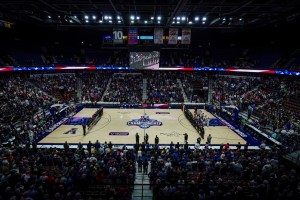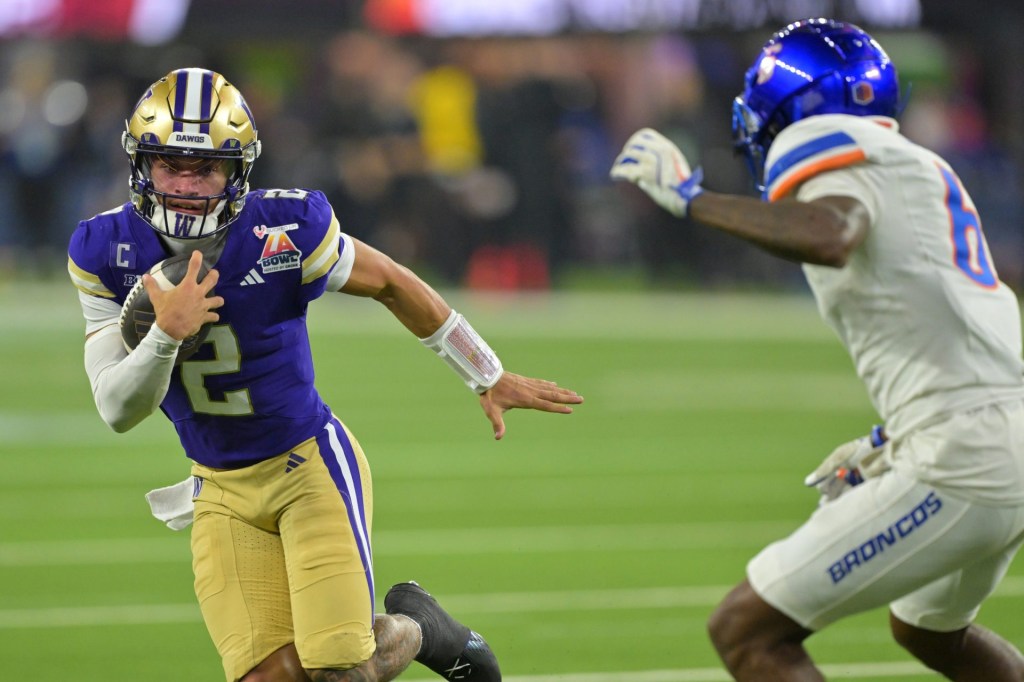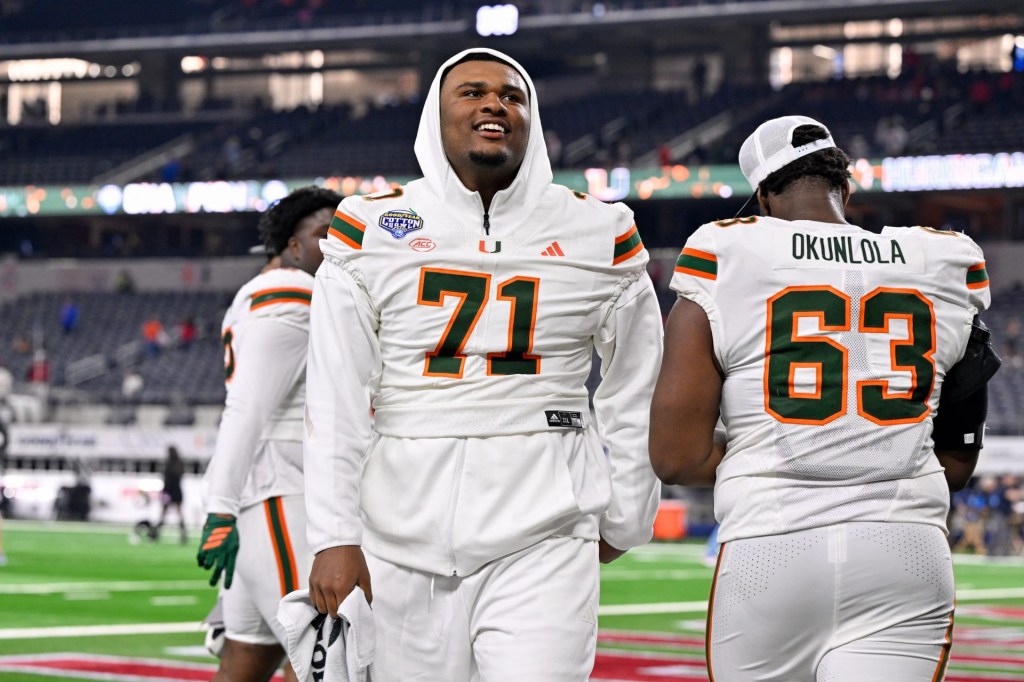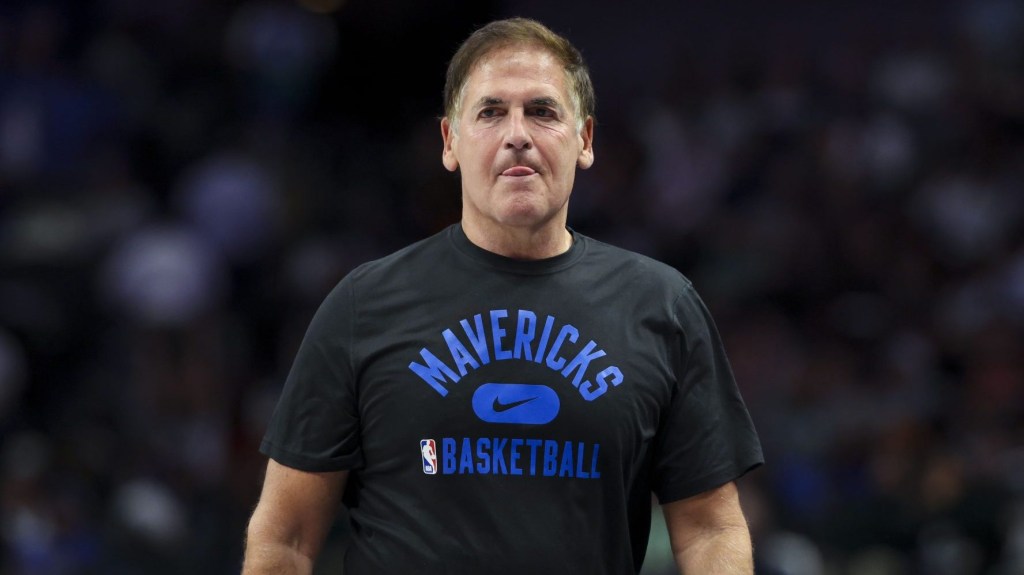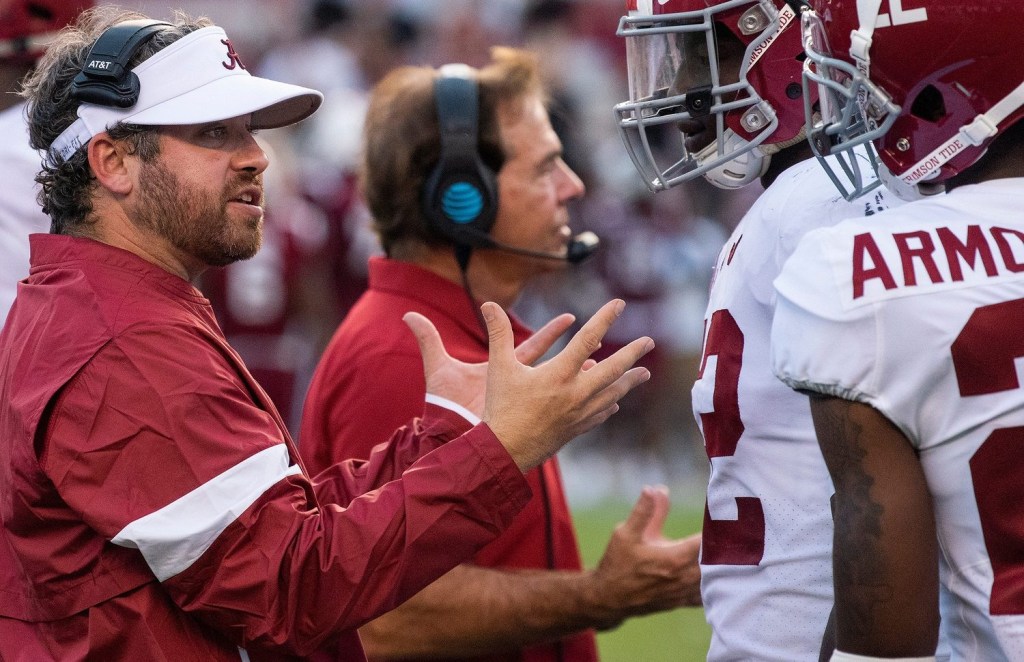The NCAA is tipping off college basketball in the midst of the nation’s most severe COVID-19 outbreak. And already, the virus is infiltrating teams across the country: Positive tests from teams like UConn women and Baylor men have caused teams to pull out of non-conference tournaments and cancel season-openers.
College basketball, itself a high-risk COVID-19 transmitter, could face even more concerns than similarly distraught FBS football this season with regards to logistics, finances, and community spread.
“We’re kind of playing into the teeth of this virus,” Notre Dame men’s basketball coach Mike Brey recently told reporters.
The NCAA is likely pushing so hard for a season because it needs to hold a men’s NCAA tournament this year in order to survive financially. Without 2020 men’s March Madness, the governing body distributed $375 million less to its Division I programs than it planned — and that’s money that non-Power 5 programs, specifically those considered basketball schools, rely on.
“We all know that the NCAA needs to do it for the money,” Clemson men’s basketball coach Brad Brownell recently told reporters.
So if enough men’s teams can assemble a season of at least 13 games, they’ll likely head to Indianapolis this March, where the NCAA plans to move the entire men’s tournament from its myriad geographical locations. And while there’s no official word on the women’s tournament, Pac-12 Senior Associate Commissioner Teresa Gould told Front Office Sports that she believes the governing body might be considering a similar setup for women’s March Madness.
As teams try to navigate community spread, their sport itself can be its own spreader.
While there isn’t strong data either way, one can reasonably assume that basketball can spread the virus more easily than football, Amesh Adalja, an infectious disease specialist at Johns Hopkins who served on the NCAA’s COVID-19 task force, told Front Office Sports. Panting players heavily breathe each others’ air for prolonged periods inside indoor arenas with no masks, helmets or shields to protect them.
If a basketball player tests positive, all of their close contacts as defined by the CDC, which often includes other basketball players, are strongly encouraged to quarantine for 14 days, according to NCAA guidelines.
This poses a dire logistical issue, and is perhaps why so many teams have canceled games in the past week after one positive test: Basketball teams are smaller than football teams, so even a few isolated contacts could cause a team to be unable to play for weeks and lose four or five games, NC State men’s basketball coach Kevin Keatts told reporters.
“There’s no way we’re going to be able to play with this 14-day quarantine,” Seton Hall women’s basketball coach Tony Bozella told reporters in late October.
Big East Commissioner Val Ackerman previously said “attempts” are underway to develop a protocol for athletes to test out of quarantine, and the CDC may shorten its quarantine guidelines to seven to 10 days, according to a Wall Street Journal report. But the day before the report published, Adalja cautioned that there just isn’t sufficient research yet to suggest how many days after exposure anyone could test out of quarantine.
“We don’t know how to deploy it best,” he said.
The concerning timing of the season also looms large as the U.S. suffers its third major COVID-19 wave while millions travel for the holiday season. Already, non-conference tournaments planned to provide safer environments for players than their usual locations, but some find themselves in hotspots The Bad Boy Mowers Crossover Classic, for example, is the reinvented “Battle 4 Atlantis” tournament moved to South Dakota that has found itself in a state experiencing some of the nation’s highest positivity rates.
And while some states like South Dakota leave planning games up to tournament organizers and teams, others have imposed strict local guidelines programs must navigate. New Mexico, for example, has such strict guidelines that New Mexico State football shut down for the fall, believing it would be impossible to play. The University of New Mexico football team moved to Las Vegas for the season. And later, New Mexico State men’s basketball headed up to Phoenix.
There’s no end in sight to severely curb the spread with a vaccine before March Madness is set to tip off. While some vulnerable groups might have access to a vaccine in March and April, the general population won’t see a vaccine until “well into 2021,” Adalja said.
Meanwhile, events like a multi-tournament semi-bubble called Bubbleville have attempted to create bubble-like environments so teams can play as many games as possible even in high-risk areas. Bubbleville, for example, requires PCR tests to enter the event, and plans to test players with PCR tests daily despite their being in an isolated environment at Mohegan Sun resort in Uncasville, Conn.
But without a bubble, there’s no guarantee the virus won’t infiltrate a team on campus or when traveling, as has been the case with FBS football. Many college basketball teams can’t get to their bubbles in the first place without having a personnel member test positive: Creighton’s men’s team pulled out of the Crossover Classic after positive tests, for example, and Florida’s men’s team pulled out of Bubbleville for the same reason. And if these teams and others couldn’t get into a bubble, the bubble’s safety precautions are useless.
A disparity in resources around conferences and teams further complicates the season for many, Gould said. Just look at Power 5 conferences: The Pac-12 and Big Ten could afford costly testing partnerships to test athletes daily. The SEC is using the same contact tracing technology as the NFL.
Meanwhile, the Big East hasn’t announced a conference-wide testing partnership, and the Mountain West and MAC are merely providing three or four tests a week. Events like bubbles are complicated and expensive, Bubbleville organizers told Front Office Sports — though they’re not as expensive as traveling to locations for one-off games and having to split costs of safety precautions with just one other team.
Among all these factors, the patchwork 2020-21 college basketball season tips off Nov. 25 to attempt to save a financially ailing NCAA and member schools, and give players a chance to play even if they get sick. Pitt men’s basketball coach Jeff Capel recently told reporters: “It’s unlike anything anyone has been through.”

